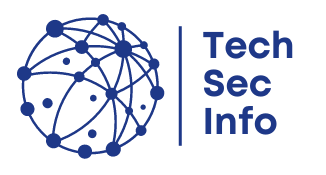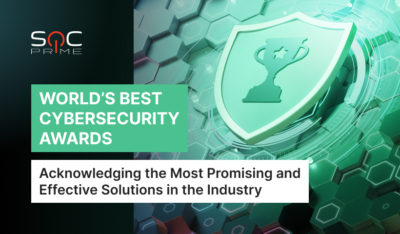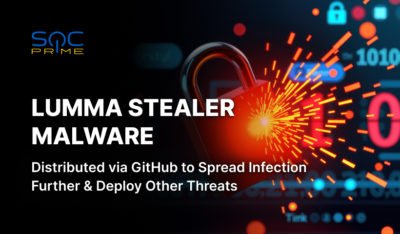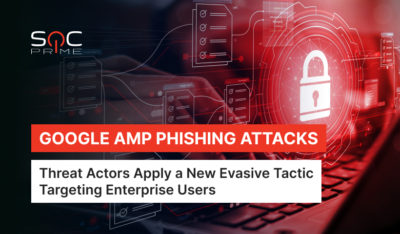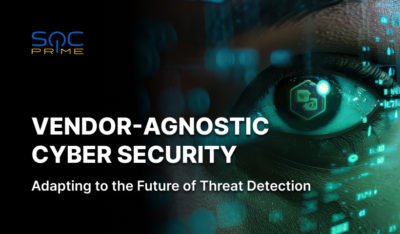
In today’s fast-moving technological landscape, organizations face unprecedented challenges in managing their security operations. When both threats and technologies change rapidly, organizations need the agility to adapt, migrate, and use multiple security solutions without being tied down by proprietary formats. Also, as the SIEM market evolves, vendors merge or pivot their offerings, and the organizations must ensure that their security posture can adjust swiftly, avoiding vendor lock-in, inflexibility, and increased costs.
On the other hand, many organizations struggle with the complexity of managing multiple SIEM platforms, each with its own code formats and rule structure. This reliance on platform-specific tools greatly limits flexibility when it comes to threat detection and response.
In light of these challenges, adopting the framework of cross-platform and supplier-independent threat detection becomes crucial for organizations.
Sigma and Roota rules and Uncoder AI provide a vendor-agnostic solution to threat detection. They enable security teams to create, validate, and enrich detection code with metadata, as well as customize and deploy detection logic across multiple security platforms without heavy reliance on a single vendor. This also allows security teams to stay flexible in response to further changes in the technology, business requirements, and the ever-expanding attack surface.
The Problem with Vendor Lock-In
It used to be the industry standard for organizations to build their security infrastructure around single-vendor ecosystems, often due to convenience or long-term contracts. While this could greatly simplify the initial deployment, it often came with significant downsides:
Lack of Flexibility. When an organization is tied—technologically or operationally—to a certain vendor, adapting to changing security needs becomes challenging. Incorporating new security systems or switching vendors completely often requires rewriting detections from scratch, leading to downtimes, inefficiencies, and an inability to withstand current threats.
Technology Obsolescence. Overreliance on a certain vendor can lead to being stuck with outdated technologies and best practices, which are usually part of the product or service offering. While both the technological and threat landscapes evolve rapidly, there is always a risk that your chosen provider of a security solution may not keep pace, leaving your security tools less effective against the challenges of modern threats. These days, sticking to one vendor or a format can mean missing out on innovations or being stuck with an outdated approach.
Rising Costs. As vendors evolve, they may alter pricing models, introduce features that appear to be out of your budget, or even discontinue products. Being deeply embedded in a vendor’s ecosystem can lead to the risk of being forced to pay more for continued support or migration services.
The Influence of Market and Technological Development
Insights from the SIEM market provide even more evidence of the growing advantages of a vendor-neutral approach for organizations. Just in recent years, we’ve all seen significant shifts in how SIEM vendors operate:
New Technologies. Advances in machine learning, cloud computing, threat intelligence, and community-driven AI are transforming how security operations are performed today. Vendors that do not integrate new technologies promptly enough may leave their customers at a competitive disadvantage.
Shifting Business Models. Vendors are moving towards subscription-based services, cloud-only models, or various segmented offerings. These changes often disrupt the original value proposition and force companies into unplanned upgrades or migrations to keep up with their detention needs.
Consolidations and Mergers. As vendors merge or are acquired by large cybersecurity companies, the direction of product development may change dramatically. Organizations may suddenly discover that their chosen platform is no longer the best fit for their security requirements.
Reputation Risks. A vendor’s reputation can be severely impacted by high-profile data breaches or attacks on their clients due to certain security failures. Relying on a vendor who has suffered such reputational damage may force organizations to either invest in mitigating similar risks in their infrastructure or rapidly shift to another vendor—both costly options.
The Solution: Vendor-Agnostic Threat Detection
With the market and technology landscape constantly shifting, many security experts advocate for a vendor-agnostic approach to threat detection where the detection logic is independent of any platform or provider. By using Sigma and Roota rules, organizations can ensure that their detection logic is portable and free from being locked into a security provider. Uncoder AI further simplifies this by serving as an integrated development environment (IDE) and co-pilot for detection engineering that enables SOC teams to seamlessly code, validate, and share detection ideas using Sigma and MITRE ATT&CK® as code pillars.
By removing strong dependencies on vendor-specific query formats at some stages of security operations, organizations can switch between vendors and technologies without disruptions, integrate new systems, or run multiple SIEMs simultaneously—whichever provides a better solution to their business and security needs.
For security teams, decoupling the detection logic from a specific security solution can allow them to focus on actual threat detection and mitigation rather than spending excessive time managing the technical risks and limitations of a single product or format. This greatly shifts their focus back to the core goal of improving security outcomes.
Mastering tools for vendor-neutral security operations, such as Uncoder AI, makes the skills of each individual involved in security operations more transferable. This also fosters better collaboration, across the teams as well as globally, for example, by participating in the Threat Bounty Program for crowdsourced detection engineering. Cybersecurity specialists improve knowledge sharing and accelerate response times while handling security incidents. Members of SOC teams who are fluent in Uncoder AI are better equipped to work across different platforms, making them more adaptable to working efficiently within various security platforms, which is a great advantage in a dynamic job market.
Embracing the Vendor-Agnostic Future
In a world of rapid technological advancements, evolving market dynamics, and the ongoing global cyber war, sticking to a single SIEM vendor or format is becoming increasingly risky for organizations of any size. By adopting a vendor-agnostic approach with Sigma and Roota rules and Uncoder AI, organizations can break free from the constraints of vendor lock-in, reduce operational costs, and future-proof their theta detection capabilities.
The demands of modern cybersecurity require flexibility, scalability, and the ability to operate across multiple platforms, not only from companies but also from each specialist in security teams who make all the changes happen. Now is the time to embrace tools that allow you to be nimble, efficient, and ready for whatever comes next.
The post Vendor-Agnostic Cybersecurity: Adapting to the Future of Threat Detection appeared first on SOC Prime.
